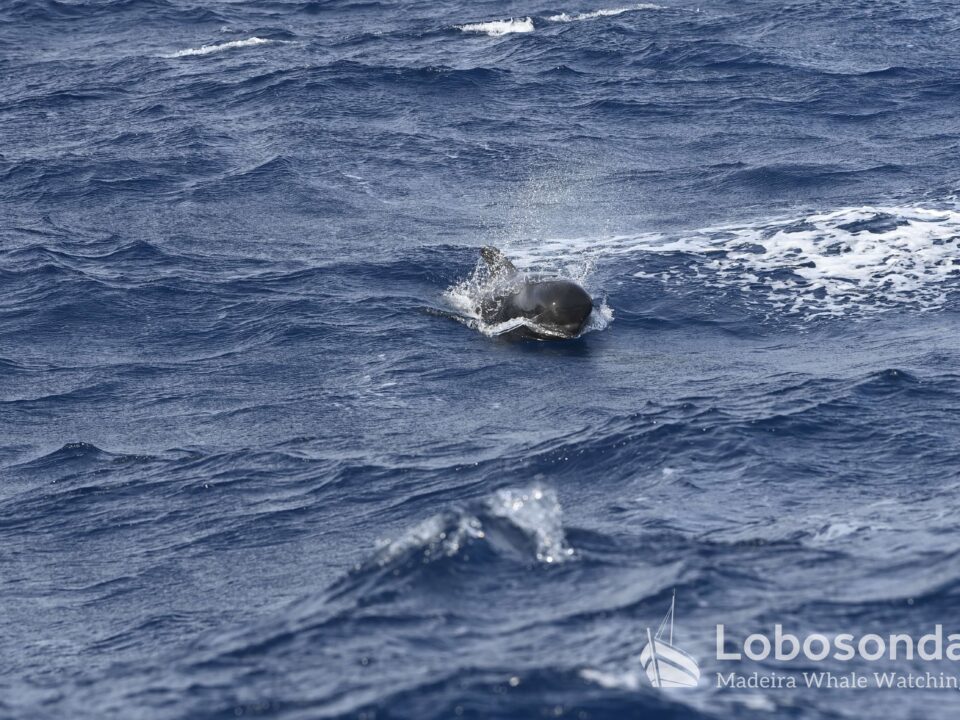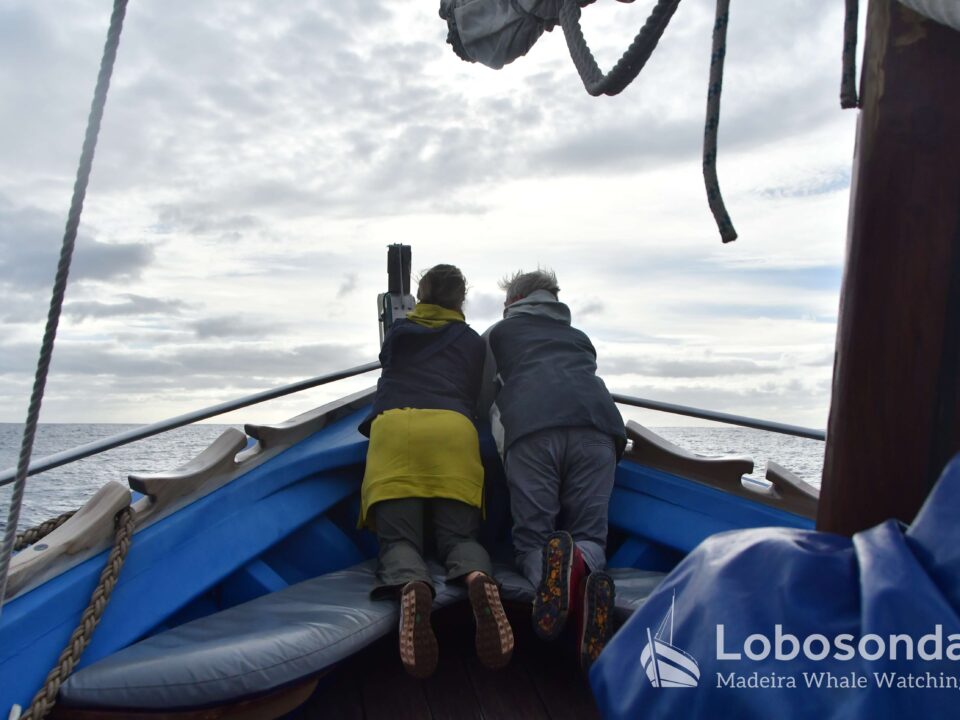
25.07.2018 – Dolphins on the hunt
August 2, 2018
27.07.2018 – Marine Biodiversity
August 4, 2018What an eventful day! Apart from the wonderful sightings that included Bottlenose dolphins (Tursiops truncatus), Atlantic spotted dolphins (Stenella frontalis), Short-finned pilot whales (Globicephala macrorhynchus) and a large pod of at least 8 Sperm whales (Physeter macrocephalus), we also had lovely guests on board our trips, which included several kids in the company of their parents. I also had the pleasure of guiding a tour with my own mother on board today, who came for a visit to Madeira just recently and (obviously) wanted to see some whales and dolphins. Despite the fact that all the species sighted today belong to the same taxonomic group, the social family of the toothed whales (Odontoceti), they each typically nurture very different relationships to their mothers and fellow peers.
Oceanic dolphins generally remain with their mothers for the first 3-5 years of their lives where they learn important survival and social skills before joining juvenile groups and establishing friendships. As they mature, the animals become more selective with their friends and the skills they choose to learn. All oceanic dolphin species have a rich social life, dedicating a considerable amount of time to rearing children and tending to friendships. Females usually have their first calf between 6 and 12 years (the exact age depends on the species) at which time they rejoin their mothers and other females within the community. Friendships amongst males within dolphin pods are often beneficial for higher positions within the hierarchy of the herd. Male Bottlenose dolphins, for instance, form so-called “alliances” with other males which are long-term friendships that may last up to 20 years. So in a nutshell, dolphins learn basic skills from their mothers before forming significant relationships with their peers.
The matriarchal nature of Pilot whale and Sperm whale pods means the animals experience a completely different type of social learning. Calves are raised by several females within the herd who collectively teach the youngsters how to hunt and how to communicate using the vocalizations of the pod. The fact that each matriarchal clan has its own “dialect” has led scientists to argue that these animals in fact have a culture of their own and has helped us move away from assuming that culture is purely anthropogenic. As juveniles, the females generally remain in the matriarchal herds they were raised in while the males migrate in fairly fluid “bachelor pods” to feeding grounds and to areas containing other matriarchal clans to mate. This maintains a healthy variation within the species gene pool.
The nature/nurture debate is still on: are we defined by our genetic makeup or by our life experiences? It’s safe to say both play an important role and one thing’s for sure; a large part of our personal growth is determined by our peers and how we are raised. As you can see, whales and dolphins aren’t any different.
By Paula Thake
Sightings of the day
Ribeira Brava
17:00 Bottlenose dolphins, Sperm whales
Stenella
09:00 Atlantic spotted dolphins, Bottlenose dolphins
12:00 Bottlenose dolphins, Short-finned pilot whales
15:30 Bottlenose dolphins, Sperm whales

























